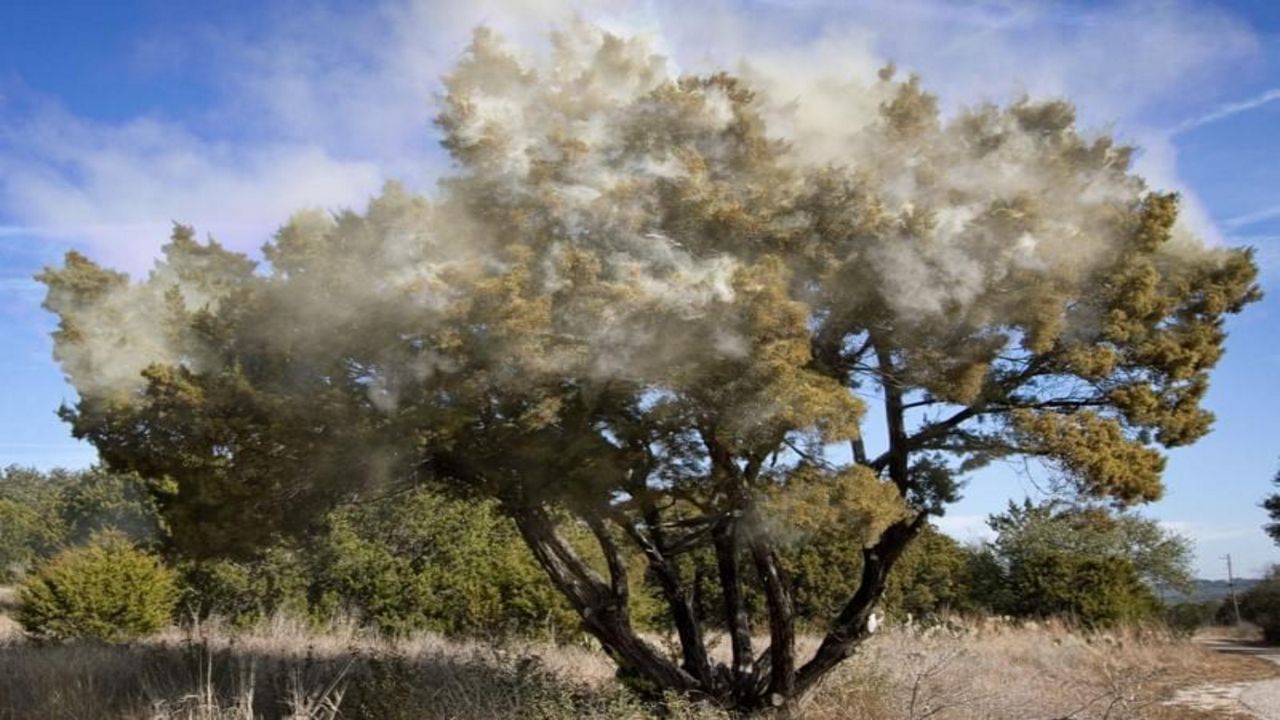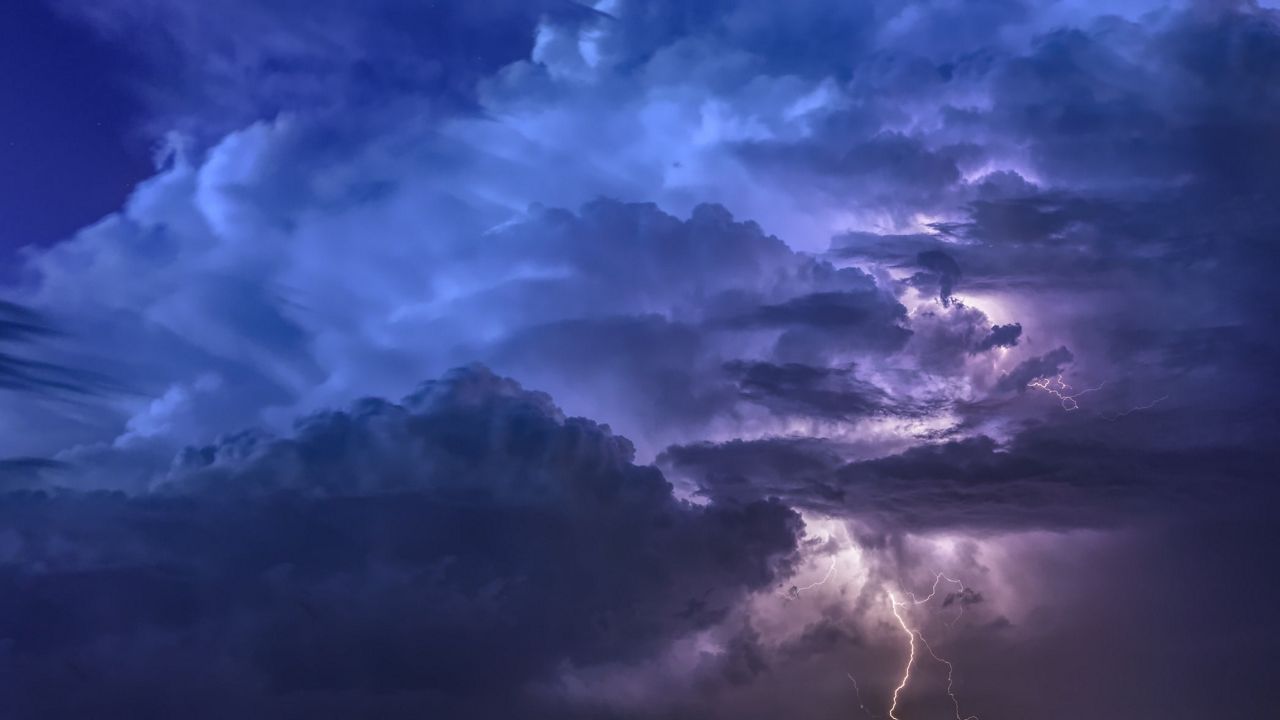Under the right conditions, a thunderstorm can trigger an asthma attack.
If you're like me and have been sneezing your face off the past few weeks from all the pollen in the air, this weather blog is only going to make you dislike allergies even more.

An asthma attack isn't something you would normally associate with a thunderstorm, but under the right conditions, it can happen.
The combination of high pollen counts, multi-celled thunderstorms and being outside at the wrong time is the "perfect storm" for people that have allergies.
Typically, allergy sufferers welcome rain in the spring to wash allergens away. So, it may seem a little weird that a thunderstorm producing a lot of rain could trigger an asthma attack.
According to a study done by researchers at the University of Georgia, the primary reason this rare occurrence happens is a specific airflow pattern, in which humidity and lightning also aid.
Thunderstorm downdrafts concentrate particles of pollens and mold spores and then sweep them into the high humidity of the clouds.
There, the wind, humidity and, to a lesser extent, lightning, combine to rupture the pollen and spores. They then break down into much smaller fragments that can pass through the nose, sinuses and lungs.
Gusty winds can spread these smaller fragments around the storm.
In 2016, this exact scenario happened in Melbourne, Australia, triggering a slew of asthma attacks. Eight people died from this event, and over 8,000 people went to the emergency room.
While we haven't seen something of that magnitude happen in the U.S., a study done in Georgia showed that when thunderstorms happen during the pollen season, there has been an increase in people visiting the emergency room for asthma concerns.
Follow these tips to stay safe:
- During spring and early summer, use doctor-prescribed nasal spray medicine
- Stay up to date on pollen counts and weather forecasts
- Just before and during storms with wind gusts, get inside a building or car, with the windows shut and the air conditioner switched to recirculate/recycled







